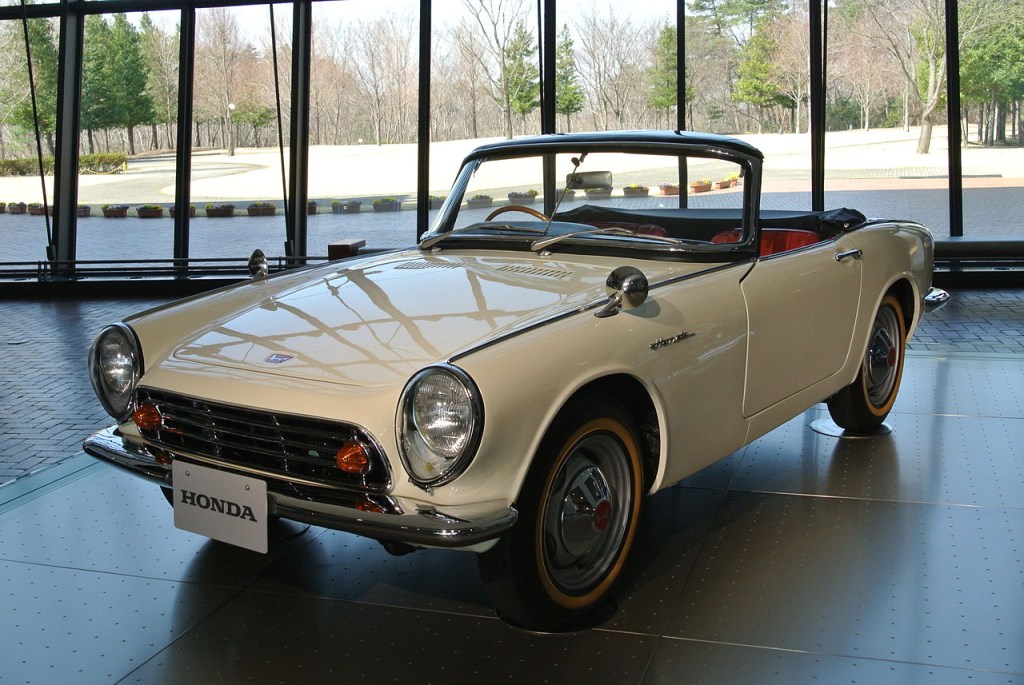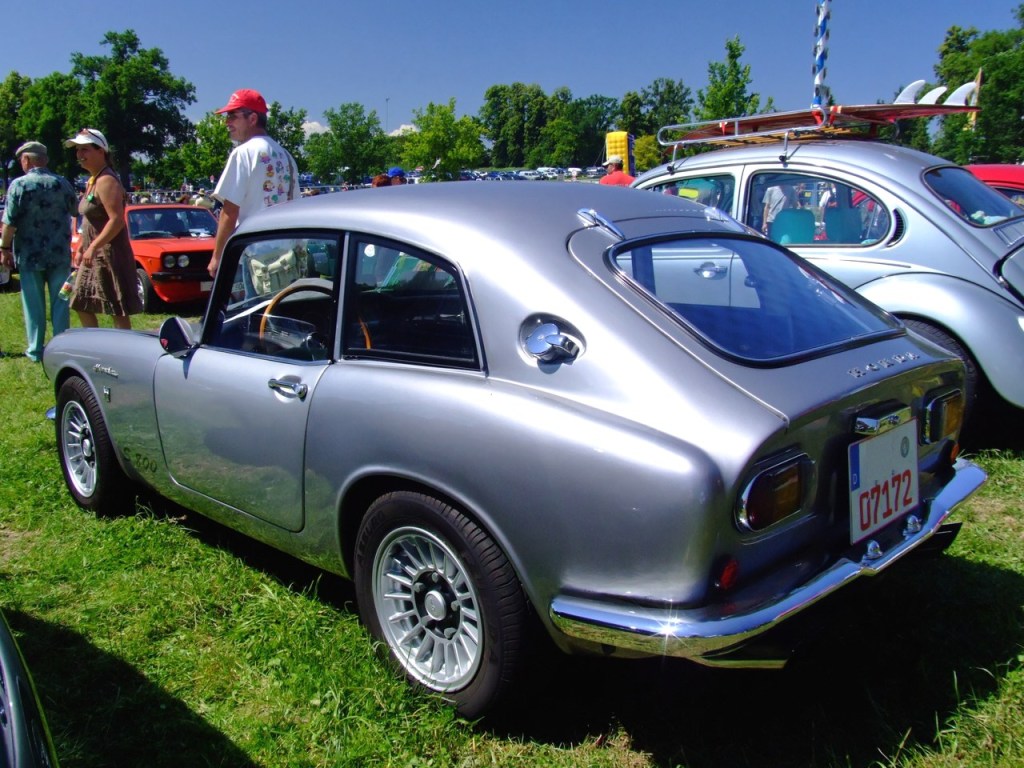
The Honda’s First Sports Car Was the Highest-Revving Road-Going Four-Cylinder Ever
Before the S2000 and the Acura NSX, there was the Honda S600. The S600, produced from 1964 to 1966, was the Japanese automaker’s first sports car that was powered by one of the highest-revving, four-cylinder engines of all time. Let’s take a closer look at it.

The Honda S600’s 600cc engine had a stratospheric redline
The Honda S600 was a two-seat roadster that was reminiscent of an Austin Healey Sprite. If you’re unsure what that is, know that the S600 was a tiny car that could be easily overshadowed by a Mazda MX-5 Miata if you put them next to each other. Yes, it was tiny, but it also had a tiny engine.
Under the hood of the S600 is a 606cc aluminum engine that produces 57 hp at 8,500 rpm. However, the official redline was 9,500 rpm, which was made possible due to the engine’s roller-bearing crankshaft and dual-overhead cam architecture. The engine also had four carburetors to handle mixing the air and fuel, and it was mated solely to a four-speed manual transmission.
That said, the Honda S600 wasn’t fast by today’s standards in the slightest. But it did only weigh 1,576 pounds, which worked in favor of its low power output. This resulted in a top speed of 90 mph, which is fast for a tiny car.
Jay Leno owns a Honda S600 and noted in a Classic Motorsports article that it’s not all about speed when driving a small roadster:
“So many cars drive the same. There are not many unique driving sensations out there, and the Honda S600 provides one of them. Going 60 mph feels like you’re going 100. It’s a real blast.”
Honda broke into the passenger car segment with the S500

Although the S600 was Honda’s first sports car, its first passenger car was the S500. Built in 1962, this microscopic two-seater has less power than the S600, but we’re sure it was just as fun to drive. Under its hood was a 521cc engine that put out 44 hp and was mated to either a four- or five-speed synchronized gearbox. Like the S600, the S500’s engine had dual overhead cams, four Keihin carburetors, and a roller-bearing crankshaft, all of which allowed it to spin up to 9,500 rpm.
It also only weighed around 1,500 pounds, so we’re sure that 60 mph took a while to reach. However, the S500 wasn’t just about the power it put out (or lack thereof); it was also known for its revolutionary suspension setup.
The S500’s front suspension came with upper and lower A-arms and used torsion bars as springs. Honda also gave the car an independent rear suspension using conventional parts. All things considered, the Honda S500 was a brilliant way to enter the market – despite the fact that it could only fit two adults.
The Honda S800 was the successor to the S600

After discontinuing the S600, Honda debuted its successor, the S800, in 1966. Yes, the car was still very tiny, but this time, it was available as either a coupe or a roadster. It was also a little faster with its 791cc engine, which made 70 hp and 49 lb-ft of torque. Cute, right? It could get up to 100 mph, but its redline was set lower at 8,500.
After the S800 was discontinued in 1970, Honda didn’t release another “S” labeled car until the S2000 in 1999. Of course, the S2000 is fun to drive, but it doesn’t have the same novelty – or quite as high of a redline – as the original S600.



